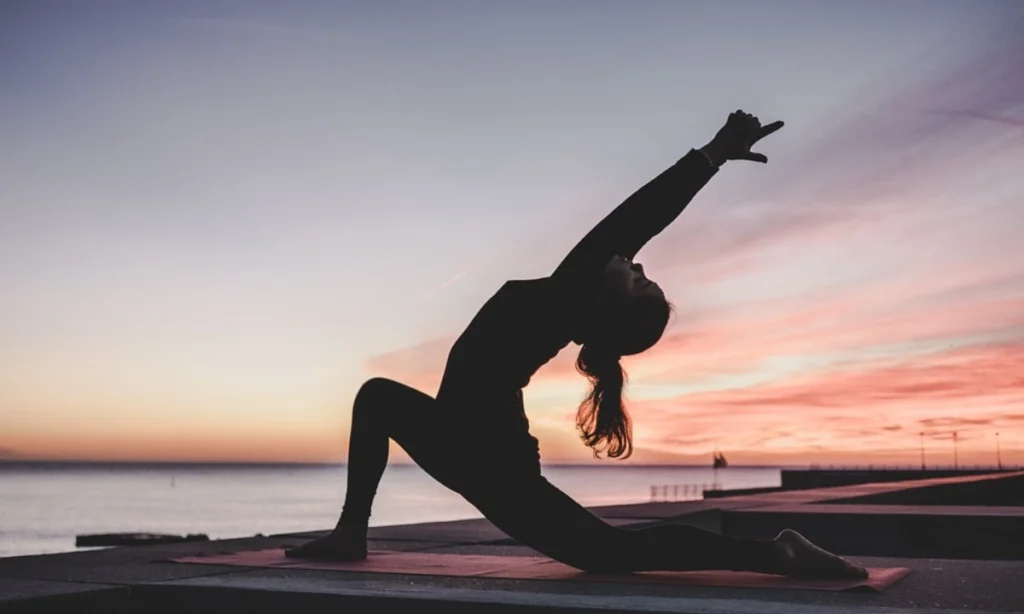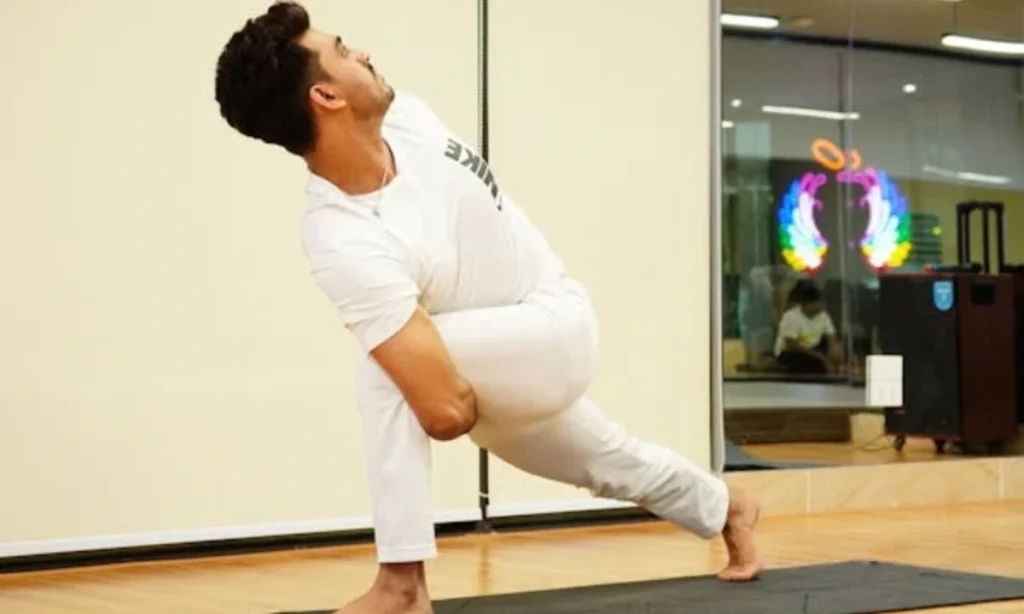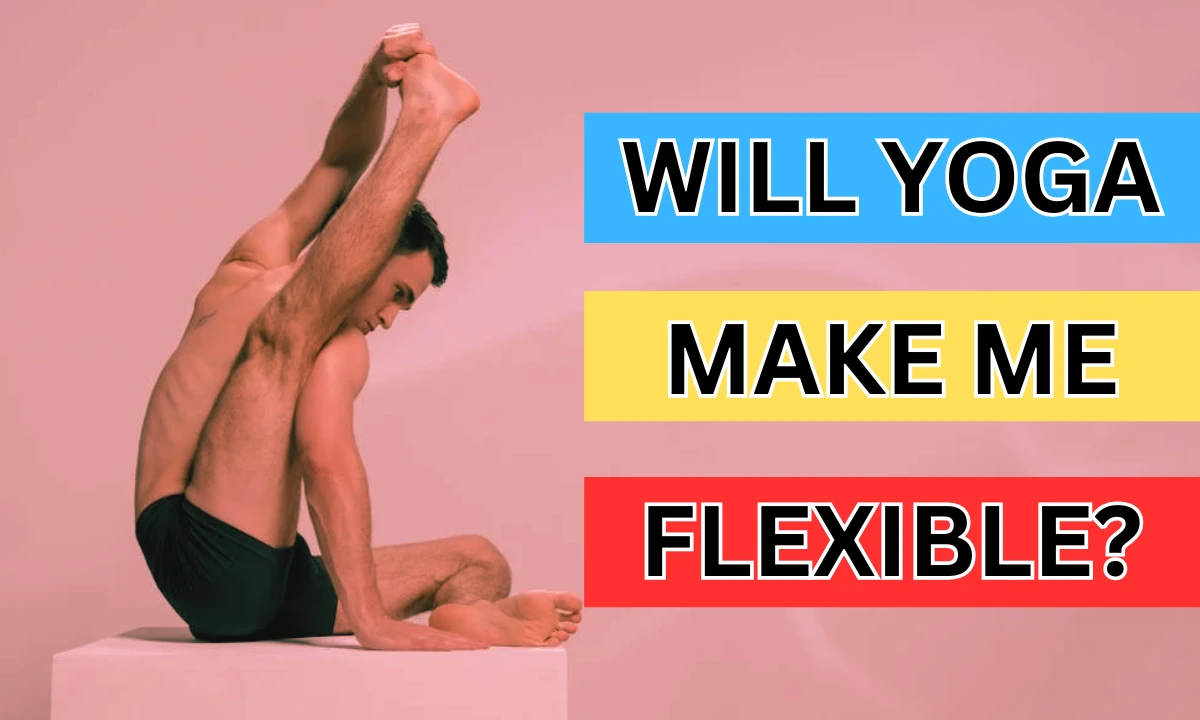Will yoga make me flexible? Discover the stratling realitiesbehind how yoga enhances flexibility, improves posture, and boosts overall well-being.
Introduction:
Today yoga is one of the most engaging disciplines for people who would like to improve their shape and flexibility. Primarily, the frequency of this question is coupled with the fact that it is relevant while studying the efficiency of the yoga strategy. This article explores the concept of flexibility as it relates to yoga practice, how this is achieved, and what practicing yogis may encounter on the path to increased flexibility.
Understanding Flexibility

YOGA is the extent to which you can bend your joints and muscles while functioning. Dr. Robert S. Butler says, it is particularly an essential part of general fitness and should contribute substantially to the way people move, train, play, and recover from injury. This is so because, as people grow old or lay more emphasis on their desk jobs, muscles tighten joints become stiffer, and people engage in fewer physical activities. The effects of sitting at a desk all day can be undone with regular and proper stretching or even practicing yoga regularly.
Will yoga make me flexible?
Yoga enhances flexibility mainly with stances (asanas) in which certain muscles are stretched. These poses help in achieving relaxation of muscles and connective tissues and stretching of muscles as well. From the current evidence, yoga enthusiasts are also found to have enhanced flexibility gains, as can be seen by the flexibility gains of as much as 35 percent within eight weeks of regular practice. This improvement takes place because the body is adjusting slowly to buzzes measured during the yoga classes.
Types of Yoga for Flexibility
Different styles of yoga cater to flexibility enhancement in unique ways:

Hatha Yoga: Encompasses simple postures and breathing patterns, making it easier for beginners while at the same time observing a minor increase in flexibility.
Vinyasa Yoga: Consists of fluidity whereby the dancer assumes a particular position only to shift to another position, which assists in the preparation of the muscles for action.
Yin Yoga: Focuses on actively sustained positions that involve slow, precise movements to deep tissue, primarily corresponding to connective tissue and fascia.
Restorative Yoga: Operates where an individual leans against a number of props and allows the body to relax with moderate positions that relieve tension without overworking muscles.
- How to Cancel My Planet Fitness Membership in 2025
- How many calories should I eat to lose weight?
- How many mental health professionals are in the US?
- Skin Care During Winter: 7 Essential Tips to Keep Your Skin Healthy
- How did Elon Musk lose weight so fast? 5 Secrets – You Won’t Believe What He Did!
- How Does Weight Loss Affect Your Face? 6 Unexpected Effects
- Does Baking Soda Kill Dandruff? 5 Proven Methods Explained
- Which Yoga Is Best for Beginners? 6 Easy Poses to Start With
- Are Exercise Bikes Bad for Your Knees? Experts Reveal 3 Insights
Scientific Evidence Supporting Flexibility Gains
Research has shown that yoga can be very effective in helping to improve flexibility. The current literature indicates that yoga is especially useful in improving flexibility. Another research study indicated that the flexibility, balance, strength, coordination, and aerobic capacity of college athletes increased after only ten weeks of yoga exercises. Parties also displayed improved joint mobility in several areas, suggesting that yoga not only acts to extend muscle pliability but also improves one’s general biomechanics.
Benefits Beyond Flexibility
While increased flexibility is a primary benefit of yoga, the practice also offers numerous additional advantages:
Improved Strength: Most yoga exercises are performed in positions where one has to hold the body weight, thus helping toning of muscles.
Better Posture: Improved flexibility can help bring better synergy and posture to a puppet, decreasing the stress on muscles and joints.
Increased Body Awareness: Yoga helps to achieve physical and mental coordination by increasing the individual’s understanding of feeling and movement. Several Yoga Apps also help to enhance the body awareness of person.
Stress Reduction: The fact is that practicing yoga helps people to relax, and as a result, stress is decreased and muscle tension as well.
Conclusion:
All in all, the given kinds of yoga are effective in making the client’s muscles more flexible thanks to the variegated scenario of actions. Daily practice yields a substantial degree of flexibility as well as has a positive impact on one’s health. If you dedicate your time and energy to practicing yoga, the marks will have a powerful impact on your body. Accepting this process of transition to such flexibility will improve one’s quality of life.
How long does it take to be flexible in yoga?
Flexibility is another area where most people start seeing good results after practicing yoga for 2 to 4 WEEKS. But it can take up to several months or even more to see great results depending on people’s performances and individual physiques.
Does yoga improve your flexibility?
Of course, yoga is very good for flexibility as well. Frequency can result in highly significant differences in muscle extensibility and joint flexibility levels, which according to the current literature, can be boosted by as much as 35 percent within a space of eight weeks, much as a result of regular exercise.
Can an inflexible person do yoga?
Absolutely! It is important to know that the efficacy of Yoga does not depend on the kind of flexibility a person possesses. Yoga could actually be of immense benefit to the rigid individual by slowly stretching the body and thus increasing flexibility, decreasing tension, and developing better body sensitivity.
Will yoga help me do the splits?
Well, contrary to what you may think, you can achieve the splits by doing yoga in the long run. The trainer can therefore begin to introduce specific stretches and poses that help hit specifically. The hip flexors and the hamstrings are going to be necessary for this very position.

